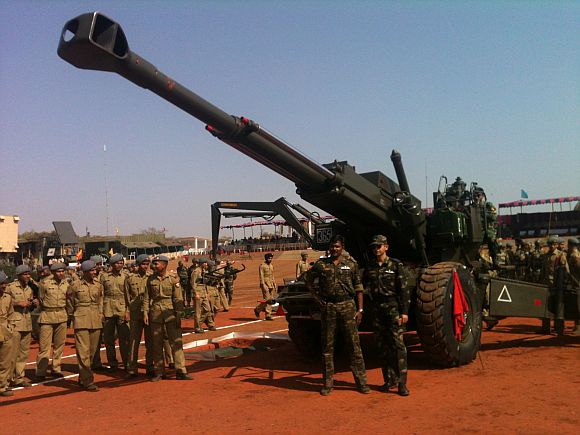


Another man pierced the child’s ears with a hot iron, then used the iron to sear scars into the captive’s arm. A man with a knife sliced off a tuft of Herman’s hair. An old woman pulled him off the horse, smacked him, and knocked him to the ground. A noisy crowd of curious Apaches surrounded the blue-eyed, sandy-haired, freckle-faced white boy, hollering words Captive Santiago McKinn, center, with playmates and adults at Geronimo’s camp in 1886. Ten days’ hard riding brought the raiders to their village “Herman has gone on, Mama,” Willie told Auguste Buchmeier.
#Indian photo gun captive driver#
The driver of a freight wagon brought him home. Alone in a strange land, the boy wandered for three days. Willie fell from the horse on which he was being transported. After the skirmish, the Apaches again galloped. The soldiers killed one Apache and captured several stolen horses. On the band’s fourth frenzied day, the Apaches exchanged shots with ten soldiers from the U.S. Carnoviste carried Herman to a waterhole, washed his face, and again tied him to the horse. Carnoviste fed him raw calf’s liver, another indigenous delicacy. Angry, Carnoviste shoved Herman’s head into the calf’s stomach and rubbed sour milk on his face. He slit the animal’s throat and sliced open its stomach to slurp the milk within-a Plains Indian delicacy. Late that night, Carnoviste, the Apache who’d snatched Herman, spotted a calf.
#Indian photo gun captive skin#
Herman was tied across his captor’s mount like a deer carcass, his bare skin burned by the sun and scratched bloody by thorns. Buchmeier and his wife Auguste, who had brought her three children to the marriage, were German immigrants scraping a living out of the soil of the Hill Country, where life’s hazards included raids by Indians bent on stealing horses and sometimes children.Ĭaptives in hand, the Apaches rode northwest, raiding another farm and stealing eight horses before vanishing into the dark. It was May 16, 1870, in Mason County, Texas. Buchmeier rushed to recruit a posse, but all the neighboring men were off rounding up cattle. Hearing screams, Phillip Buchmeier, the children’s stepfather, grabbed his gun and ran toward the noise. Herman fought back, punching, kicking, and biting, but the man overpowered him, ripped off the boy’s clothes, tied him to a horse, and galloped off. An Apache caught Herman, 11, and threw him to the ground. Willie’s brother and sister screamed and sprinted for the family’s log cabin. One grabbed Willie Lehmann, age 8, and carried him off. Many Indian kidnap victims found they liked their new lives THE THREE CHILDREN were playing in a wheat field, several hundred yards from their home outside Loyal Valley, Texas, when the Apaches attacked.


 0 kommentar(er)
0 kommentar(er)
